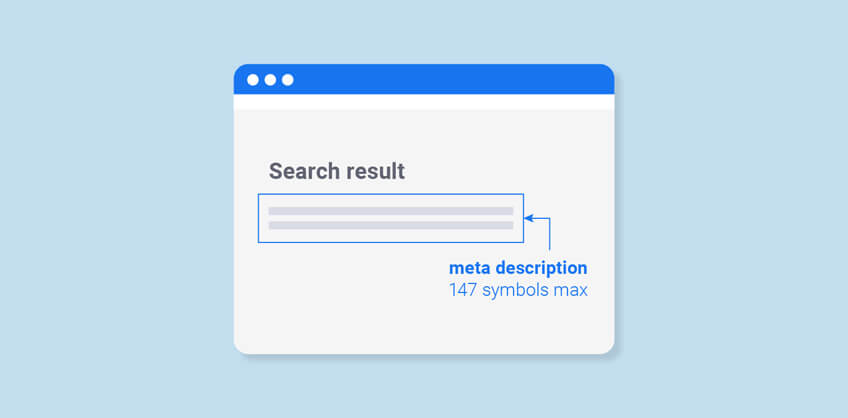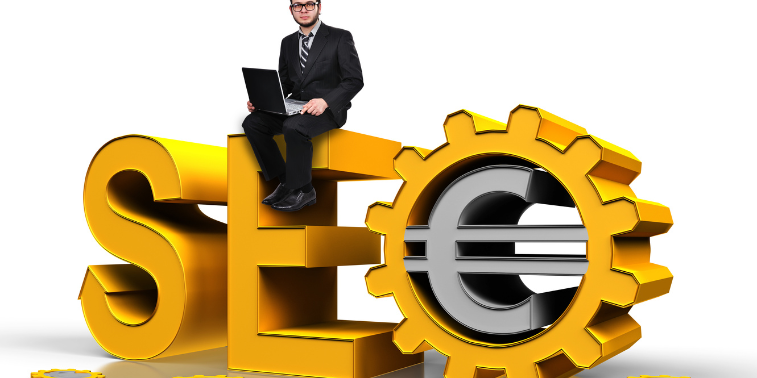September 25, 2017
On-page SEO means implementing techniques on your page itself so that it climbs up the search rankings faster. It involves designing the page in a such a way that it is more visible on the web. There are many ways in which you can do so. The chief focus is on the title and meta tags. Other than that placing of keywords and the choice of keywords plays an important role. Here are a few things that can improve your on-page SEO factors.
1.The face value
When I say face value, I mean how the page appears after you hit search. This includes the title tags, the meta tags and the meta description.
It is important to keep the most relevant keywords in the title tag. Keep in mind that the title should aptly describe the content in a few words. More accuracy means more credibility from the search engines.
The meta tags come next. These can be a bit more descriptive of the content. Make sure to include related, but relevant keywords in the meta tags. The evolved algorithms of search engines focus more on relevance than frequency. Although frequency is important but hierarchically speaking, it comes after applicability.

2. The content
Good content is at the core of any SEO technique, be it on-page or off-page. Moreover, if we are considering on-page SEO because the content is what the users are going to see once they click on the search result. So after giving the users good face value you need to provide them with unique and powerful content. Some of the features that make any content stand out are as follows-
It is descriptive of the said subject. It provides information that is complete and covers all the concerned aspects
It provides further links to related topics.
It is based on proper research. It has been applied and tested.
It includes actual images rather than stock photography. Stock photography might be a shortcut but it does nothing to add credibility to your page.
3. Crawling
If the page can be accessed and indexed by crawler bots, it adds value to the page from the search engine’s point of view. If the page is indexed it is more likely to show up higher in search rankings. Here is what the crawler bots like on a page-
The page has an index.html page corresponding to the directory of the website.
It has a static URL and the URL is as descriptive of the content as possible. Also, if the pathway to back the root page is clear in the URL, it adds bonus points to the page.
It also helps if the page is part of an RSS feed.
The title tags and meta tags are not too long.
The domain name includes the primary keyword

If you can make the crawler happy, (yes, robots are incapable of emotions), but figuratively speaking, if the page receives good crawling, it will be indexed well in the search engine’s database.
4. Keywords
The choice of right keywords is important. For this purpose, you can use keywords research tool such as Moz and Google Keywords Planner. These tools will provide a set of keywords that are relevant to your research. This is will narrow down your search. You can then pick out the most efficient set of keywords for productive on-page SEO techniques.
5. Shareability
The page will inevitably attract more visitors if it is more visible. If the page is shareable through text, email and social media not only does it reaches more people, it is also preferred by the search engines.

These general guidelines can help you get the most of your web page. If you combine these with your own ingenuity, I am sure you will come with a page that stands out from the crowd.

Recent Posts
ARE YOU A LEADING SEO SERVICE PROVIDER?
Get listed in world's largest SEO directory today!
Directory listing counter is continuously increasing, be a part of it to gain the advantages, 10207 Companies are already listed.






























